WORLD TRAVEL NEWS ARTICLE
The State of Texas, U.S.A.
Highly populated Texas is the second largest state after Alaska, covering 691,030 square kilometres (266,807 square miles). Admittedly at least 90% of the population live in the cities, thus leaving a fair bit of space in between, and this is space on a truly huge scale. The Rio Grande forms the natural border between Texas and Mexico to the southwest, and the Gulf of Mexico lies to the southeast. The Red River and Oklahoma are to the north, New Mexico to the west, and Louisiana and Arkansas to the east.
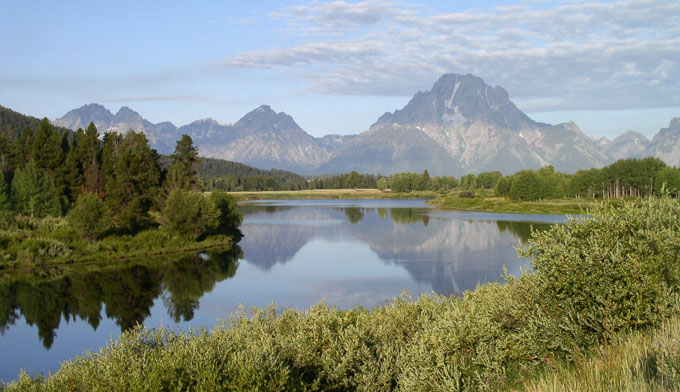
Rio Grande river in Rocky Mountain Park
Texas saw its first settlers in 1659, governed originally by the Spanish, then by Mexico. For a brief nine years after the Battle of the Alamo it was a republic, and finally it became a US State in 1845. Today, a quarter of Texans are of Mexican origin. The climate is very hot and dry, and the shortage of water necessitates the installation and use of complex irrigation systems by the beef, dairy, wheat and cotton farmers.
Known all over the world through the TV show of the 1980s, Dallas, Texas also saw fame as the Texan Governor George W. Bush became 43rd President of the United States in 2001, and was re-elected for a second term in 2004.
The only way to get about Texas is by plane or car. The vast distances cannot be given due justice by the mere written word. Placards telling you ‘Don’t mess with Texas’ are not there by accident. Everything is exaggerated and claims to be bigger and better and bolder than anything anywhere else – at least in the eyes of the Texans, who have a substantial image of their own superiority, backed up with the confidence provided by the oil wealth that followed discovery of this black gold in 1901.

Texas State Capitol - Austin
Austin is the capital city in the centre of Texas, on the Colorado River. Here there are two universities, the University of Texas and St Edward’s University, and a highly respected Research Centre. There is a huge Capitol building of over 500 rooms with a stunning pink granite dome; this is where Dell Computers have their international headquarters.
Houston is the largest city and a very busy port that sprawls 92 kilometres (57 miles) from the Gulf of Mexico up the Houston Ship Canal. Famed for the Lyndon Baines Johnson Space Centre that opened here in 1961, there is also the vast World Trade Centre and the first Astrodome to visit, along with some impressive museums.
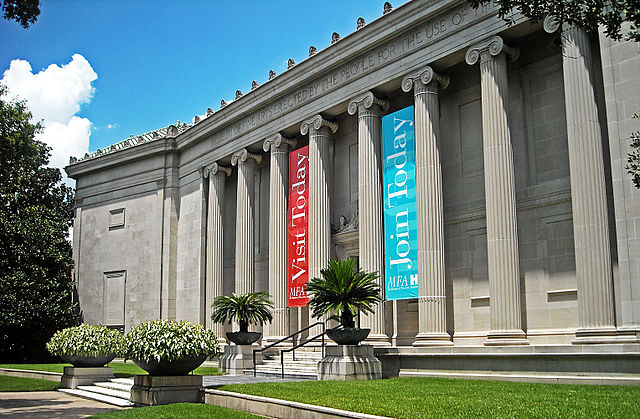
Houston's Museum of Fine Arts
The second largest city is Dallas in the northeast, 109 kilometres (68 miles) from the Oklahoma border. The Metroplex conurbation is a combined city of Dallas to the east and Fort Worth to the west. The Convention Centre has larger-than-life sculptures of Mexican longhorn cattle outside. Art galleries, museums and a lively tourist-dominated Downtown make this a popular destination with visitors. The Reunion Tower provides spectacular views along with a bar and restaurant.
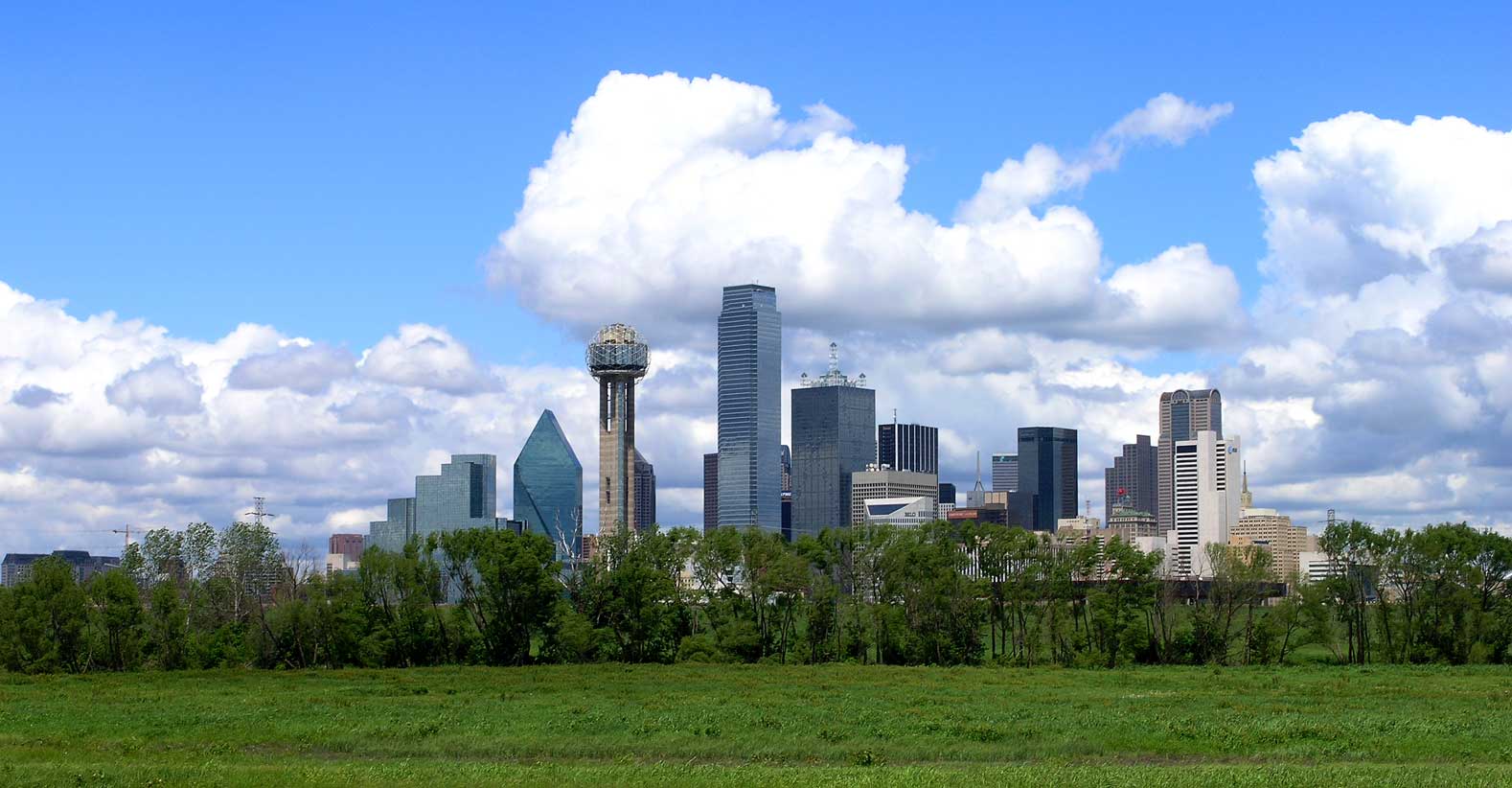
Dallas skyline
It was in the city of Dallas that President John F. Kennedy was assassinated in November 1963. The Sixth Floor Museum pays tribute to him in the room that was used by his killer, kept as it was on that sad day. Texan native, Vice President Lyndon B. Johnson, assumed leadership following the assassination.
Deep Ellum was a historic hangout for blues and jazz musicians, and today it is a haunt for visitors who relish the simulated gas street lights and wooden sidewalks of the era. To escape the city’s hustle and bustle, visit Thanksgiving Square close to the Downtown area.
Over in Fort Worth, life is quieter; the cobbled Stockyards District takes you back to the cattle bonanza days and to Wild West culture, with its many saloons. Downtown Sundance Square is full of historic buildings and brick-paved streets, and it is the hub of culture, being the base for the Ballet Company, Symphony Orchestra and the Opera Company. Here, too, the Amon Carter Museum of American Art, and the Library of Wild West Memorabilia, are to be found.
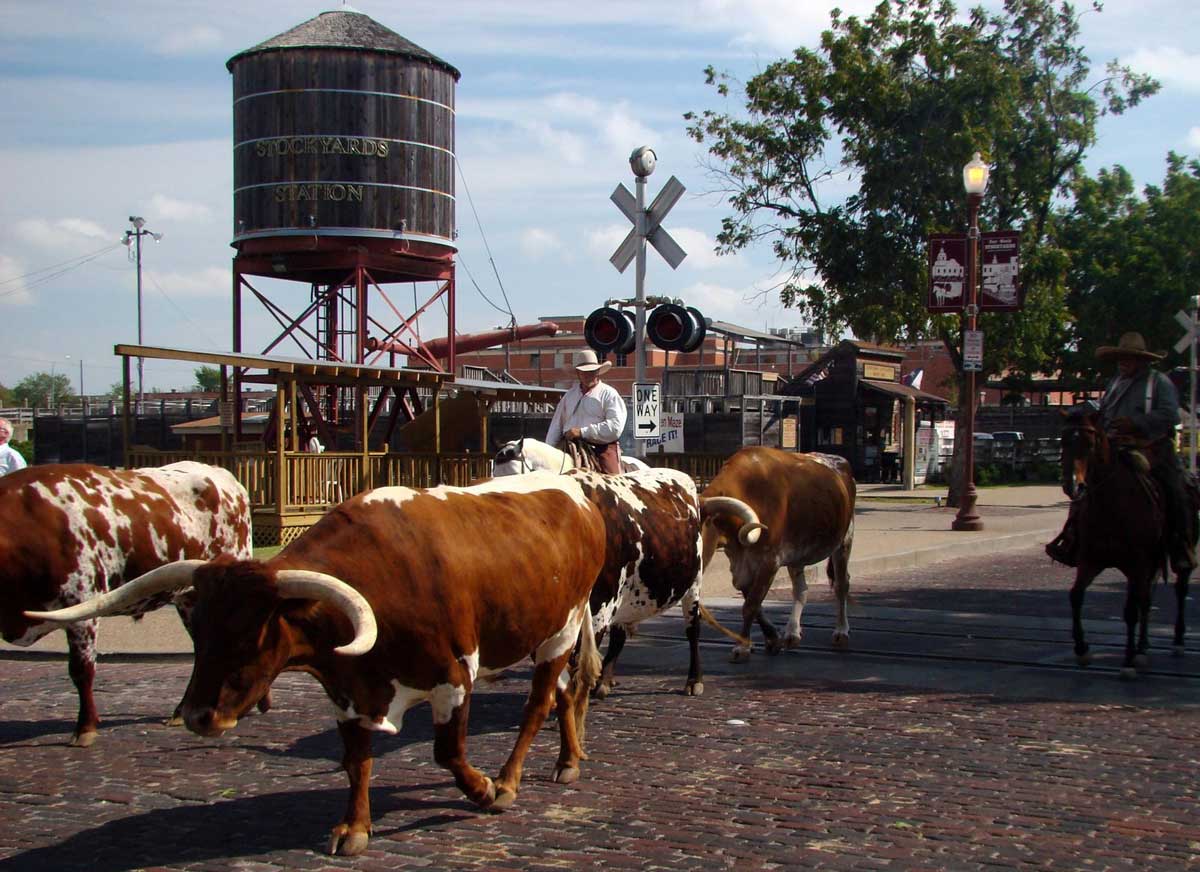
A Fort Worth cattle drive
The cattle bonanza was an astonishing money-maker, but it had a very short lifespan of little more than 20 years. As they said, “There’s gold from the grass roots down, but there’s more gold from the grass roots up”. The famed Texan Longhorns came from Mexico, and at the peak of the bonanza some six million head of cattle were branded, roped and rounded up, and driven to northern markets across uninterrupted plains. The herds consisted of some two to three thousand steers in each, and the cattlemen came from all backgrounds: some being Mexican vaqueros; some blacks; and there were a few white cowboys. Ranching became big business; it was only the breaking up of the vast plains into individual barbed-wire-fenced smallholdings that put paid to ranching on its early enormous scale. Wheat fields started to cover the prairie lands and the smallholders devised other means of selling their stock so as to avoid employing drovers to get the cattle to the nearest railroad in Kansas, and then on to Chicago.
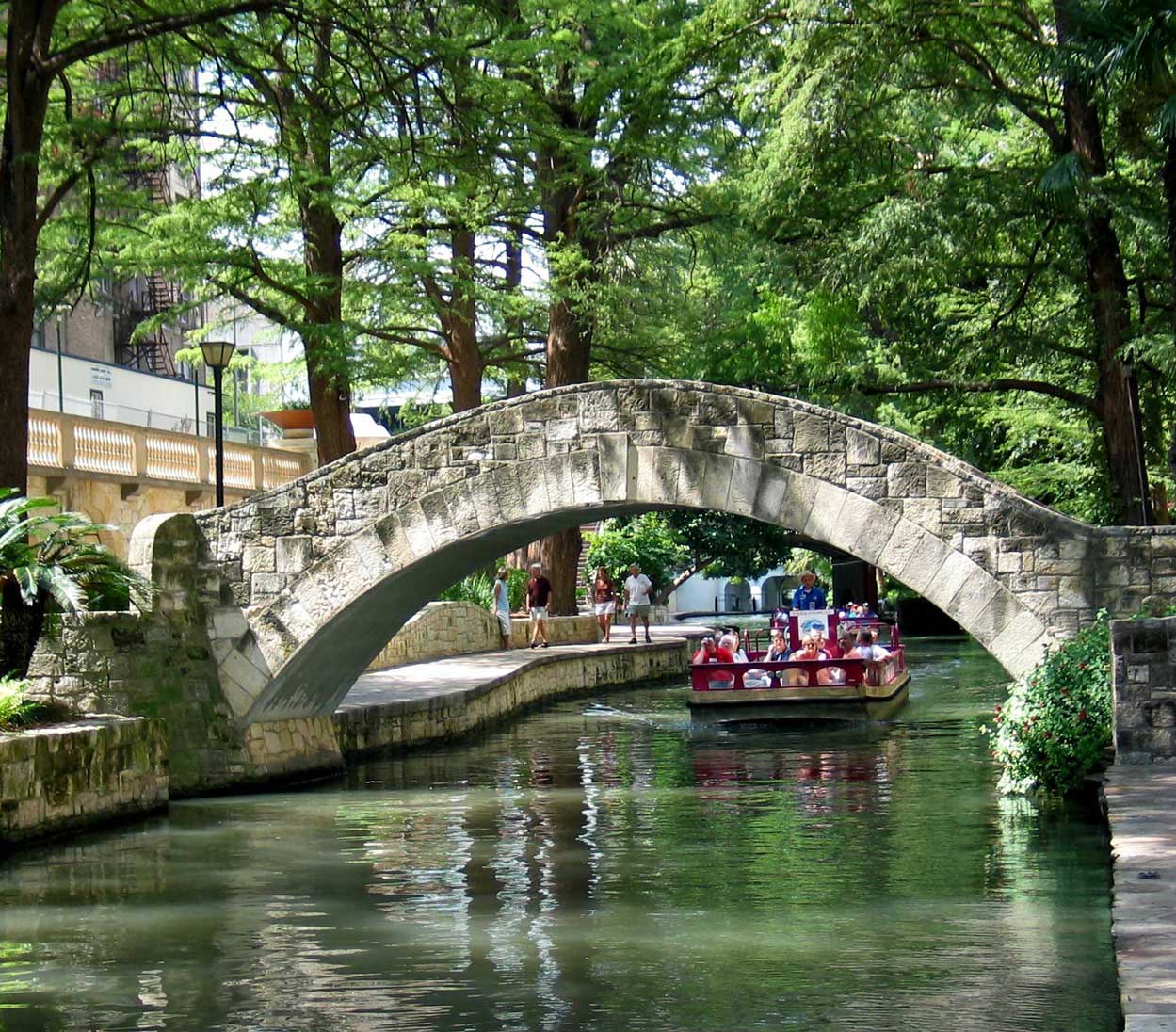
River Bridge in San Antonio
San Antonio, half way between Houston and the Mexican border, is the site of various military bases. This is the most historic and attractive of the Texan cities; it is the former capital from the days, pre-oil, of vast cattle wealth when much of the beef profits went into the architecture. There are four 18th-century Spanish missions. A fifth, the Alamo, became a fort in 1793 and this is where Davy Crockett and other Texans resisted the 1836 onslaught from the Mexican army – none survived the siege.
A tourist itinerary should include visits to two of the towns settled by the early German arrivals. One is New Braunfels and the other Fredericksburg. Fredericksburg is perhaps the prettier but both have lovely old Germanic architecture and traditional German food in shops, bakeries and restaurants. New Braunfels has a traditional sausage and beer festival every year.
Finally, there is the Hill Country resort of Kerrville, popular all year round, and offering an annual Folk Festival in May and June.
Getting there
As befits the second largest state in the USA, there are 4 major international airports to choose from.
Austin – Bergstrom International Airport which is 5 miles (8 Kilometres) from downtown Austin.
Dallas – Fort Worth International Airport which is 20 miles (32 Kilometres) from downtown Dallas.
Houston’s George Bush International Airport which is 23 miles (37 Kilometres) from downtown Houston.
San Antonio International Airport which is 8.5 miles (13.6 Kilometres) from downtown San Antonio.
You may also like to read

U.S.A. - MASSACHUSETTS
History and the Atlantic Ocean make this a Tour-smart 'must see' U.S. State.

U.S.A. - Georgia
Tour-smart brings you your first taste of the \'Peach State\' of Georgia and leaves you with the tune \'Georgia on your mind\'.

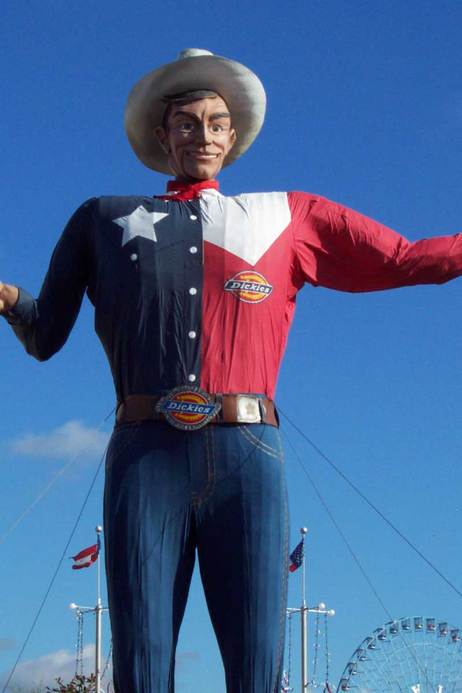

Comments